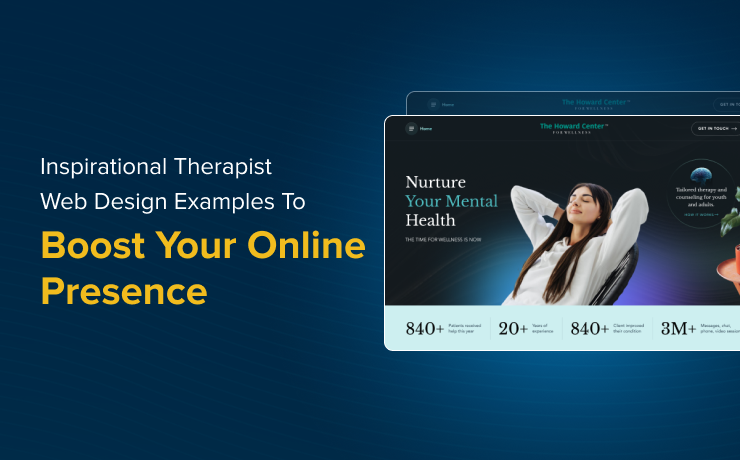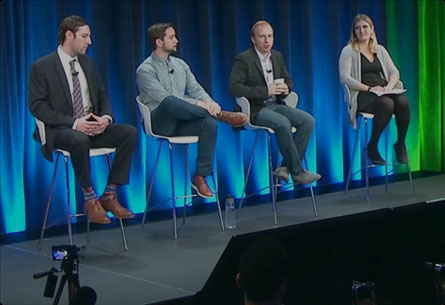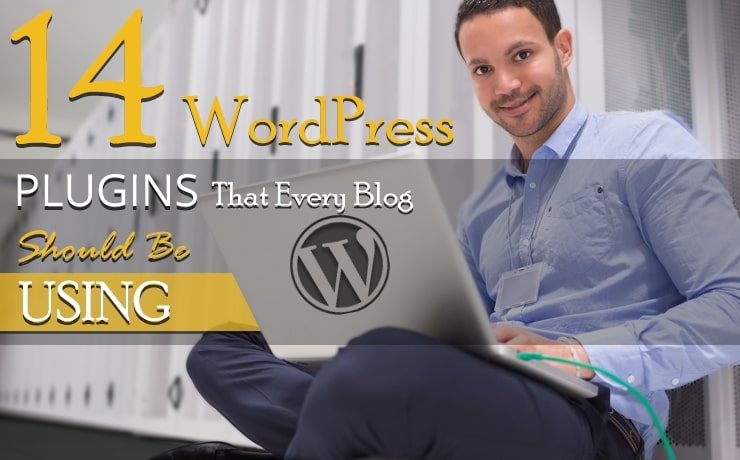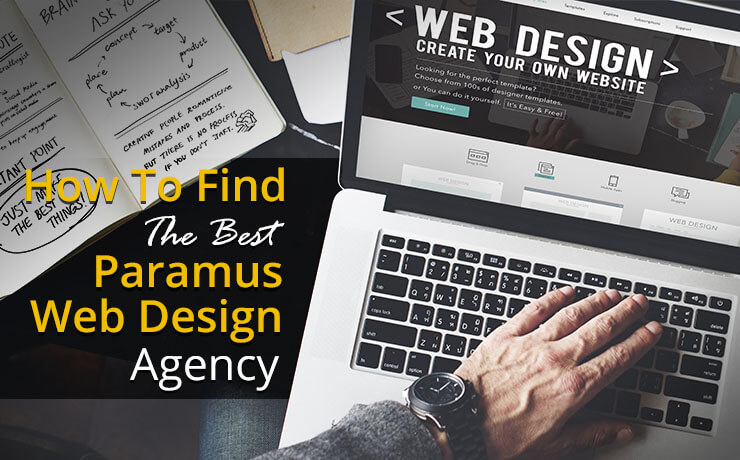Inspirational Therapist Web Design Examples To Boost Your Online Presence

Clement Foo
Senior Digital Content Manager

A strong online presence begins with a website that feels personal, welcoming, and clear. For therapists, this isn’t just about aesthetics. It’s about building trust from the moment a visitor lands on the page. In a field where connection and credibility matter, your design choices play a vital role. Effective therapist web design goes beyond visuals to reflect your voice, philosophy, and approach to care.
At SmartSites, we’ve worked with professionals in the mental health space and understand the delicate balance between professionalism and approachability. Below, we’ll explore therapist websites that excel in design and what you can learn from them to elevate your digital presence.
Creating a Connection from the First Click
The most impactful therapist websites establish an emotional tone within the first few seconds. Millennial Life Counseling does this through conversational language and imagery that reflects the demographic they serve.
Rather than focusing on credentials or clinical terms, the site invites visitors into a space that feels safe and modern. This approach helps reduce the barrier of formality that can sometimes make therapy feel intimidating.
A therapist’s website should speak to the needs and emotions of potential clients. Visuals, copy, and layout should work together to foster a sense of belonging. The design should reflect who you are, not just what you do.
Clear Navigation Builds Confidence
A streamlined structure is just as important as visual appeal. Sites like SR Psychological Services keep navigation simple and guide users directly to core pages like services, credentials, and contact forms. When someone is seeking help, they shouldn’t have to hunt for answers. A clear path to action, such as booking a consultation, helps build confidence and trust.
Mobile responsiveness is also a major factor. Many visitors will browse on their phones. Responsive design that adapts smoothly to various screen sizes shows you respect the user’s time and experience.
Visuals That Support, Not Distract
Therapist websites work best when visuals support the message rather than dominate it. Empower Family Therapy, for example, uses real-life video clips to express what they stand for: honesty, human connection. Soft colors and minimalistic elements help keep the focus on the content.
Photos and videos don’t need to be flashy. Instead, they should feel natural. A warm, professional headshot or a calming office photo can communicate more than a wall of text. When used thoughtfully, imagery complements your words and builds a stronger narrative.
Effective Calls to Action
Design isn’t just about aesthetics. It’s about guiding visitors toward meaningful steps. That’s where a well-placed call to action matters. Bloom Counseling uses consistent CTA buttons that are easy to spot and gently nudge visitors to reach out.
Rather than pushing for a commitment, they offer a first step: a conversation, a discovery call, or a message. These CTAs align with the emotional pace of someone looking for help.
Your calls to action should feel like an invitation. Use language that encourages curiosity or reassurance. Make it easy for visitors to say, “I think I’d like to learn more.”
Why This Matters for Therapists
Your website is often the first introduction a client has to your practice. It’s more than a digital business card. It’s a reflection of your values and your approach to healing. A thoughtful therapist web design makes that introduction warm, clear, and inviting.
We help therapists like you create websites that communicate trust and encourage connection. SmartSites designs with intention. Our team builds custom sites that blend clean design with authentic messaging, so your practice stands out for the right reasons.
Ready to transform your therapist website into a space that truly represents you? Let’s talk about how we can build something meaningful together.
 Free
Consultation
Free
Consultation Free
Google Ads Audit
Free
Google Ads Audit







